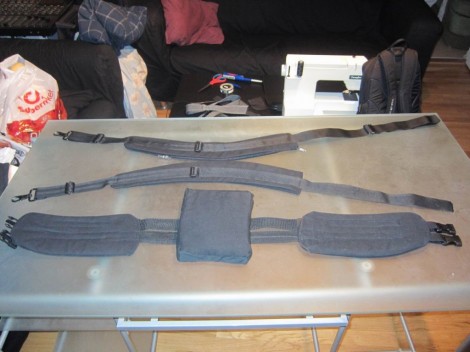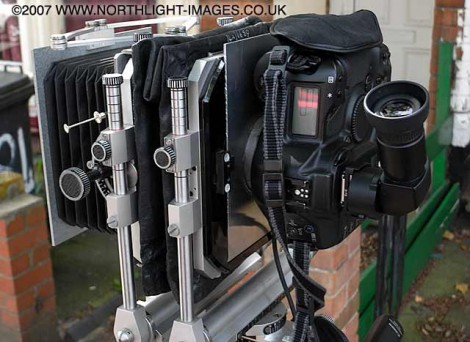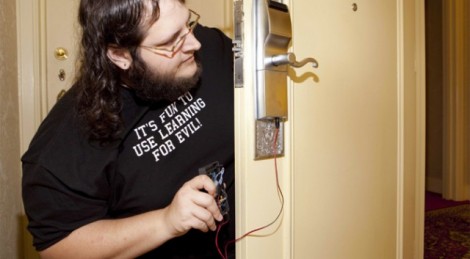
Back in the 1980’s there was a movie cliché that the person with the largest boombox on their shoulder was always the coolest. It’s obvious to us that [Tim Gremalm] thinks that’s silly. Why be uncomfortable carrying something like that on your shoulder when you can strap a much larger object to your back? He’s working on a mammoth speaker enclosure which can be carried around, but he needed a set of backpack straps to make it happen.
This thing is going to be adding some serious weight to his body, so he also whipped up the padded waist belt seen above. For fabric he reused an Ikea couch cover. The material is made to survive a lot of pulling and stretching. For padding he used what he calls ‘floor mop’. It looks like it might be microfiber mop cloth be we can’t really be sure. With ten layers of the mop encased in the couch cover he finish off each strap by sewing it to some nylon webbing.
After the break you can see a picture of [Tim] modelling the huge polycarbonate speaker enclosure for which these backpack and waist straps were made. This project has many posts associated with it so if you’re interested in seeing more you can use this project tag link.
Continue reading “Fabricating Your Own Backpack Straps For Unorthodox Uses”

















